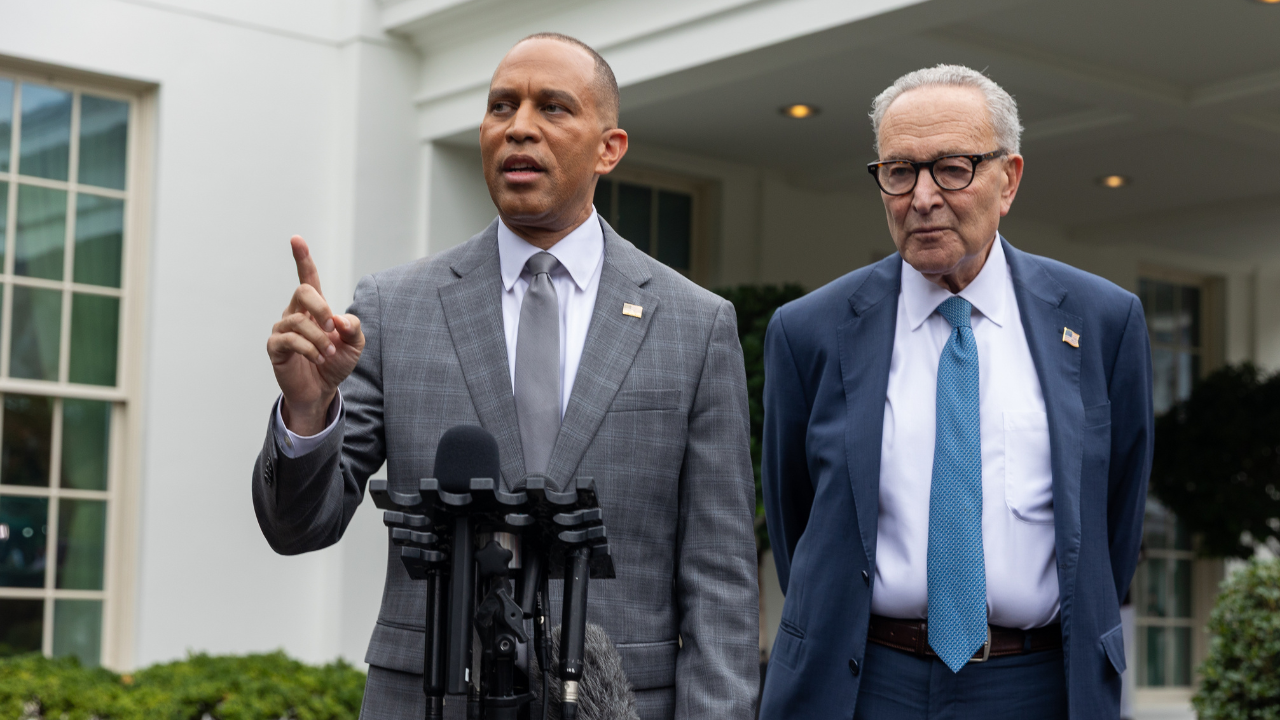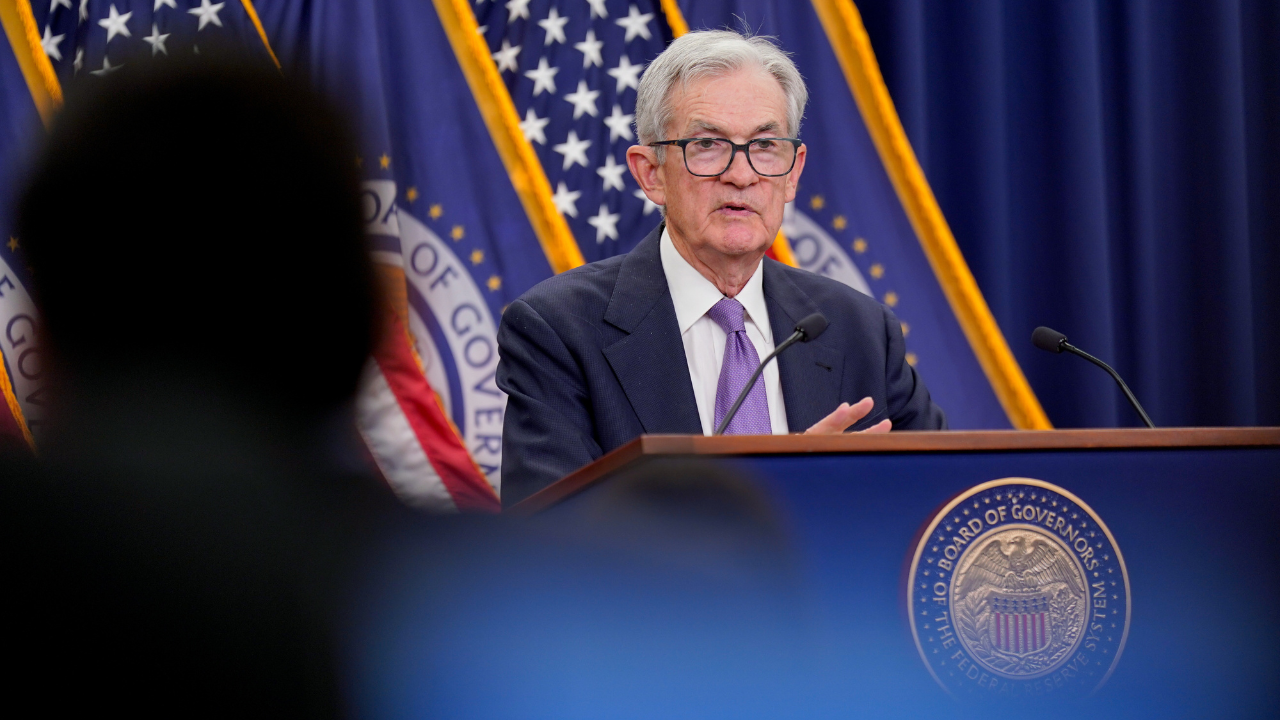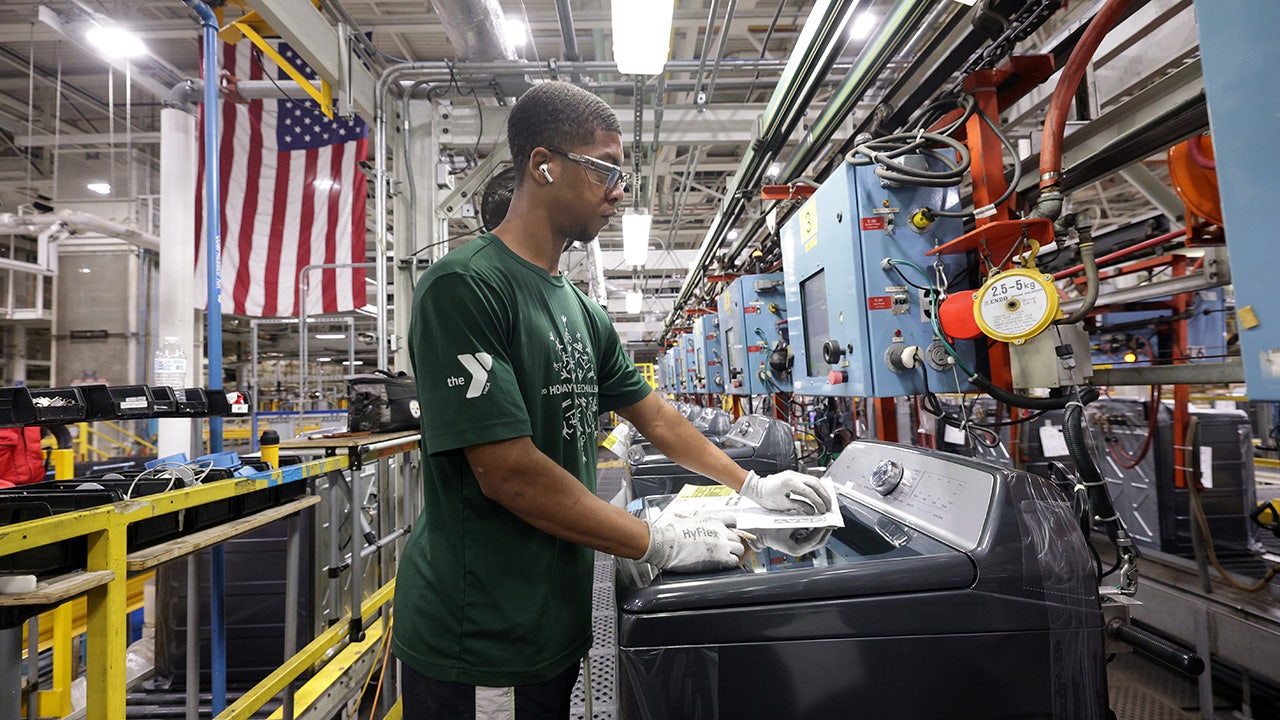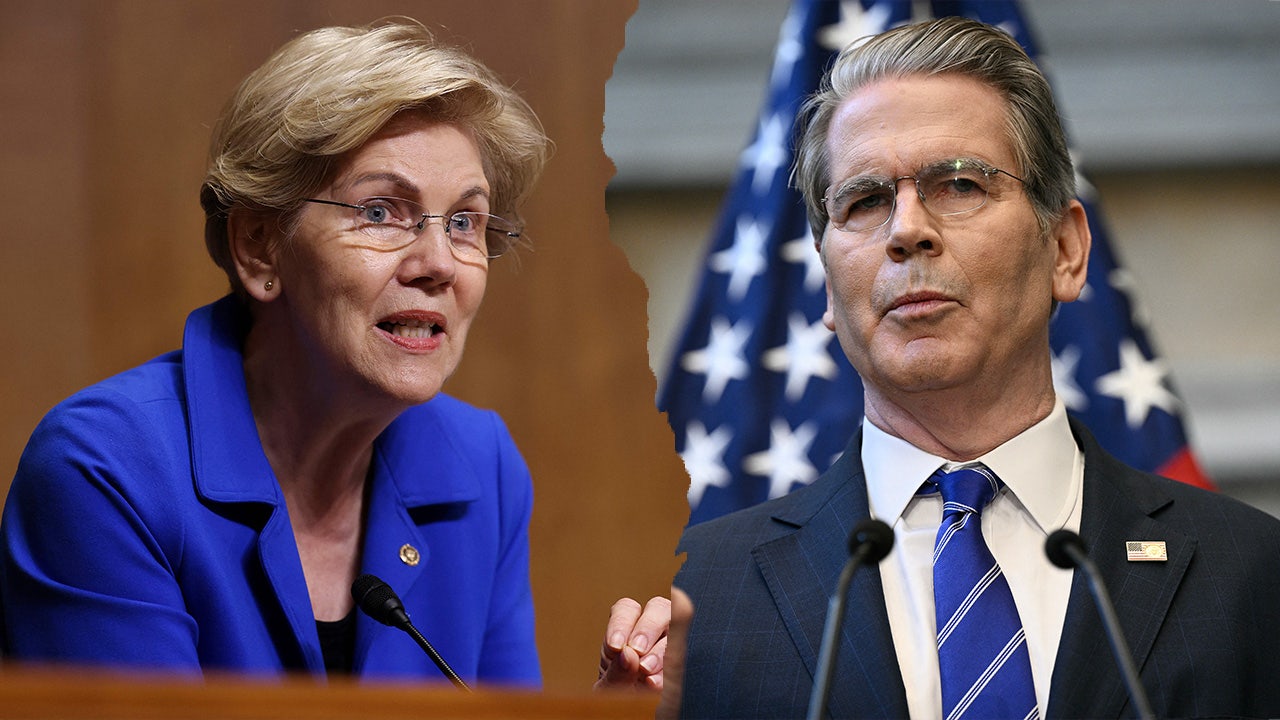FIRST ON FOX: The U.S. economy could lose up to $14 billion due to the ongoing government shutdown, a new analysis said Wednesday.
The nonpartisan Congressional Budget Office (CBO) released new projections that show the shutdown is likely to have a temporary negative impact on the U.S. economy, though gross domestic product (GDP) — adjusted to remove the effect of inflation — is expected to take a modest permanent hit.
It is Day 29 of the government shutdown, with Democrats and Republicans appearing no closer to a deal on ending the standoff than when it began on Oct. 1.
House Budget Committee Chairman Jodey Arrington, R-Texas, asked the CBO for an analysis earlier this month of how the shutdown will impact the U.S. economy.
BATTLEGROUND REPUBLICANS HOLD THE LINE AS JOHNSON PRESSURES DEMS ON SHUTDOWN
The office sent Arrington an initial response on Oct. 17, which said “the government shutdown will have negative effects on the economy, although many of those effects will be temporary.”
“The effects will increase with a longer shutdown,” the initial analysis said.
The most recent analysis looks at three scenarios — a four-week shutdown ending Oct. 29, a six-week shutdown ending Nov. 12 and an eight-week shutdown ending Nov. 26.
“In CBO’s assessment, the shutdown will delay federal spending and have a negative effect on the economy that will mostly, but not entirely, reverse once the shutdown ends,” the analysis said.
SCREAMING MATCH ERUPTS BETWEEN HAKEEM JEFFRIES, MIKE LAWLER AS GOVERNMENT SHUTDOWN CHAOS CONTINUES
However, CBO projected that real GDP will be lower in the fourth quarter of 2025 than it would have been otherwise.
“Depending on its length, the government shutdown will reduce annualized real GDP growth in that quarter by 1.0 to 2.0 percentage points. After the shutdown, real GDP will be temporarily higher than it would have been otherwise,” CBO said.
“Although most of the decline in real GDP will be recovered eventually, CBO estimates that between $7 billion and $14 billion (in 2025 dollars) will not be.”
CBO noted that some variables, including responses to the shutdown by the Trump administration and federal employees affected, still mean the final effects remain to be seen.
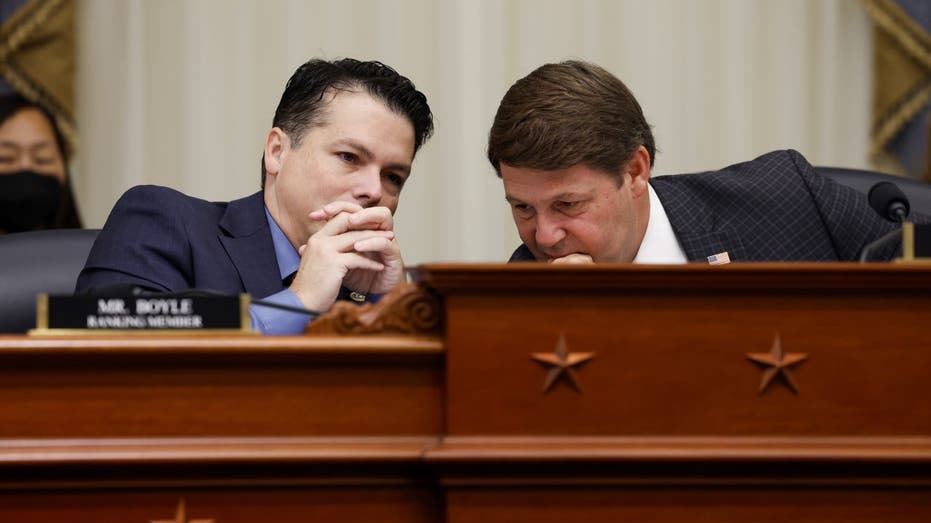
“Democrats are playing politics, and the American people are paying the price. Even the independent, nonpartisan Congressional Budget Office confirmed the economy will lose 1% in growth because of the Schumer shutdown. For hardworking families, that means higher unemployment, lower wages and less money in their pockets,” Arrington told Fox News Digital.
“And while Democrats believe ‘every day gets better for them,’ the same cannot be said for the American people. In fact, a six-week shutdown means growth would be 1.5 percentage points lower, an eight-week shutdown would reduce growth by 2.0 percentage points, and it only gets worse from there.”
Democrats, however, have blamed Republicans for refusing to negotiate with them on a bipartisan solution to end the shutdown and make changes that they say will save healthcare for millions of Americans.
CBO noted that while many of the economic effects of the government shutdown will be temporary, “Those effects will intensify the longer the shutdown lasts.”
The analysis also noted three factors behind a likely decline in economic activity at the end of 2025, due to the shutdown: “Fewer services will be provided by federal workers, federal spending on goods and services and SNAP benefits will be temporarily lower, and a temporary reduction in aggregate demand will lower output in the private sector.”
“Real GDP will rebound when federal funding resumes, with most of the forgone output made up in the future. The reduction in output stemming from the time furloughed employees did not work will not be recovered,” the analysis said. “In all three scenarios that the agency analyzed, the shutdown leads to a temporary economic slowdown. Real GDP is lower in the fourth quarter of 2025 than it otherwise would have been; the reduction in economic activity will intensify the longer the shutdown persists.”
Most of that slowdown will likely be reversed, however, due to “rebound in federal spending for employee compensation, the purchases of goods and services, and SNAP benefits that occurs after the shutdown ends.”
The government shutdown is already the second-longest in history behind the 2018-2019 shutdown during President Donald Trump’s first term, when Democrats and Republicans were at odds over funding for Trump’s border wall.
That standoff lasted 35 days, just six days longer than the current fiscal fight.
Obamacare has emerged as the critical divide this time, with Democrats pledging to reject any funding deal that does not extend Affordable Care Act (ACA) subsidies that were enhanced during the COVID-19 pandemic. Those subsidies are set to expire by the end of 2025 without congressional action.
Republican leaders have signaled they are willing to hold discussions on extending the Obamacare subsidies — albeit with significant reforms — but are refusing to pair it with an unrelated federal funding bill.
The GOP-led plan, which passed the House on Sept. 19, would keep the government funded through Nov. 21 at roughly similar levels to fiscal year (FY) 2025. The measure is called a continuing resolution (CR) and is aimed at giving negotiators time to strike a longer-term deal on FY 2026 funding.
But the CR has failed 13 times in the Senate, where several Democrats are needed to reach the 60-vote threshold to overcome a filibuster.



